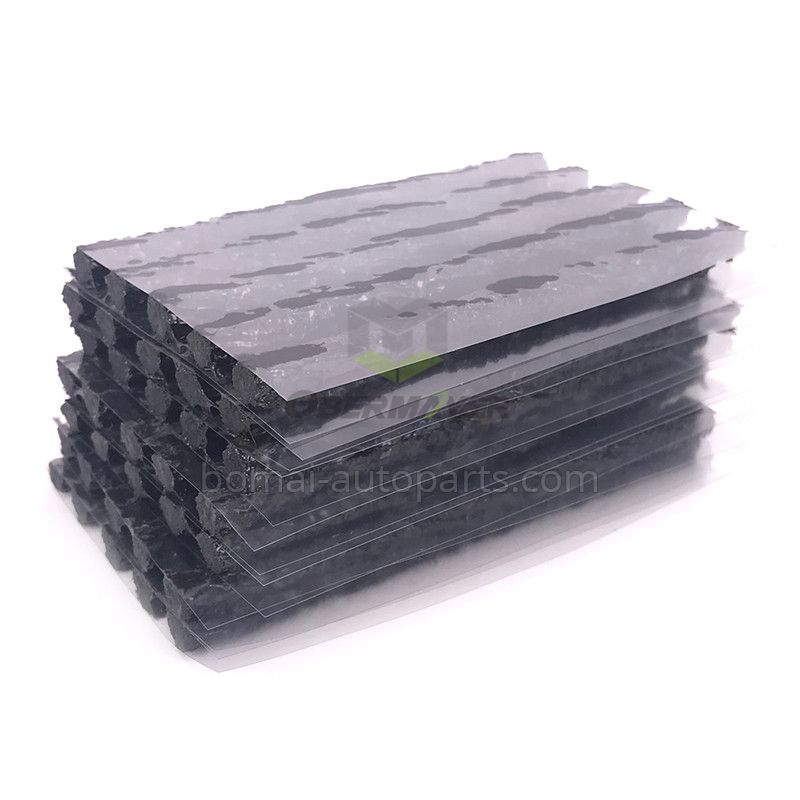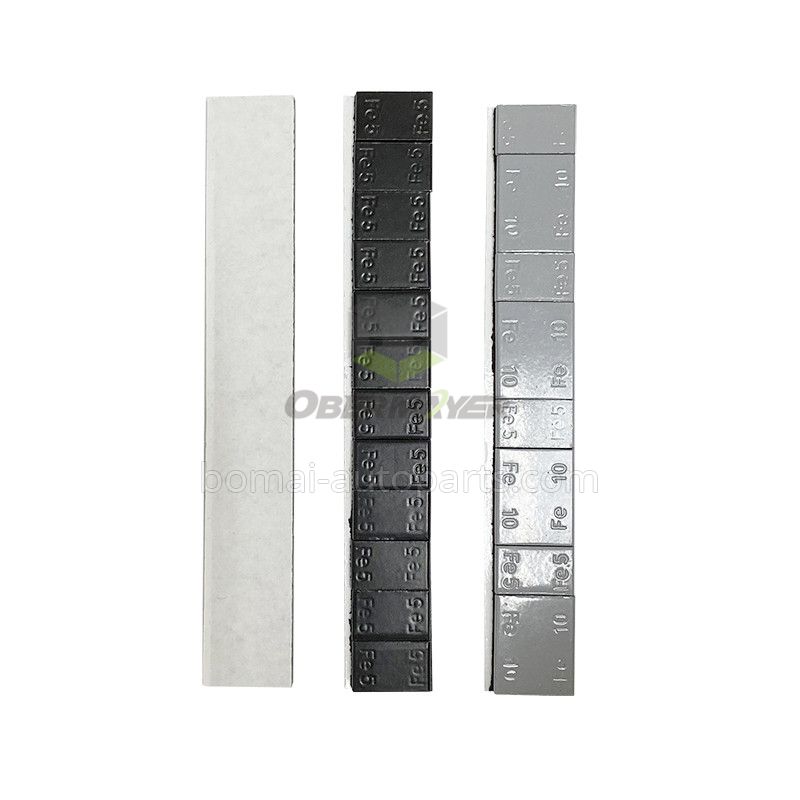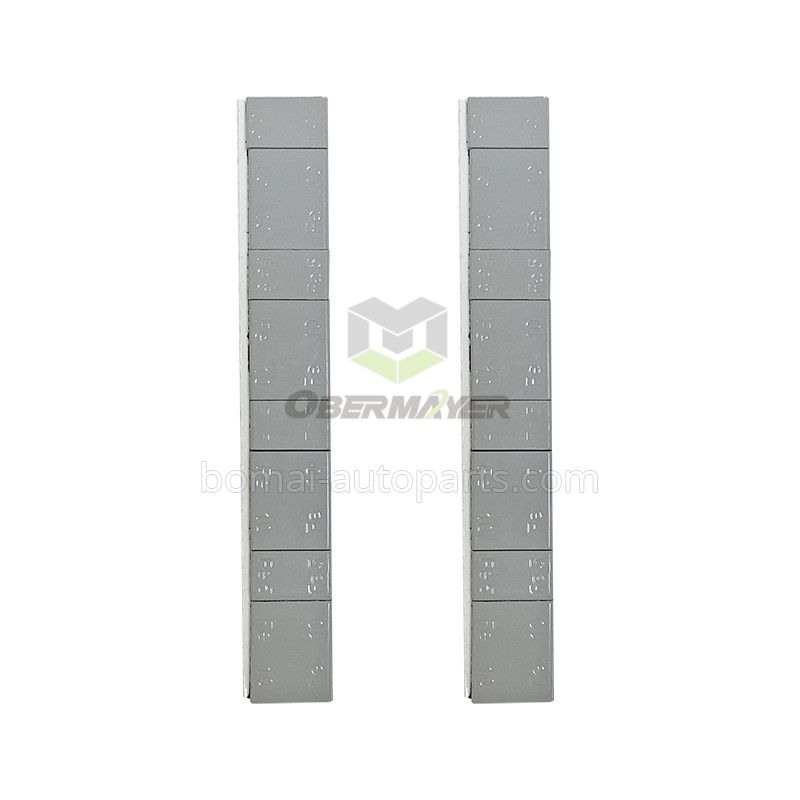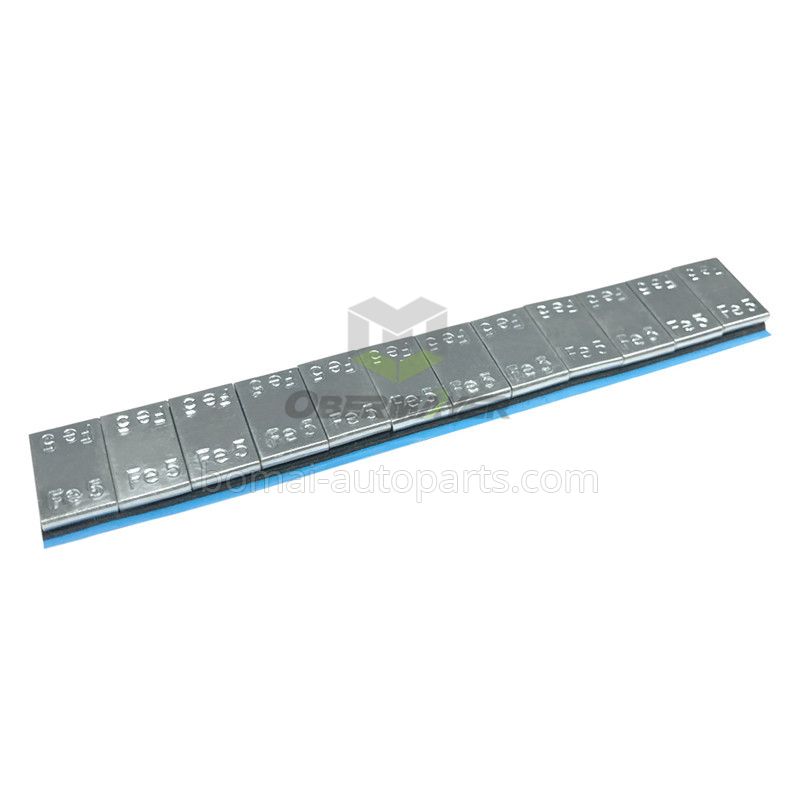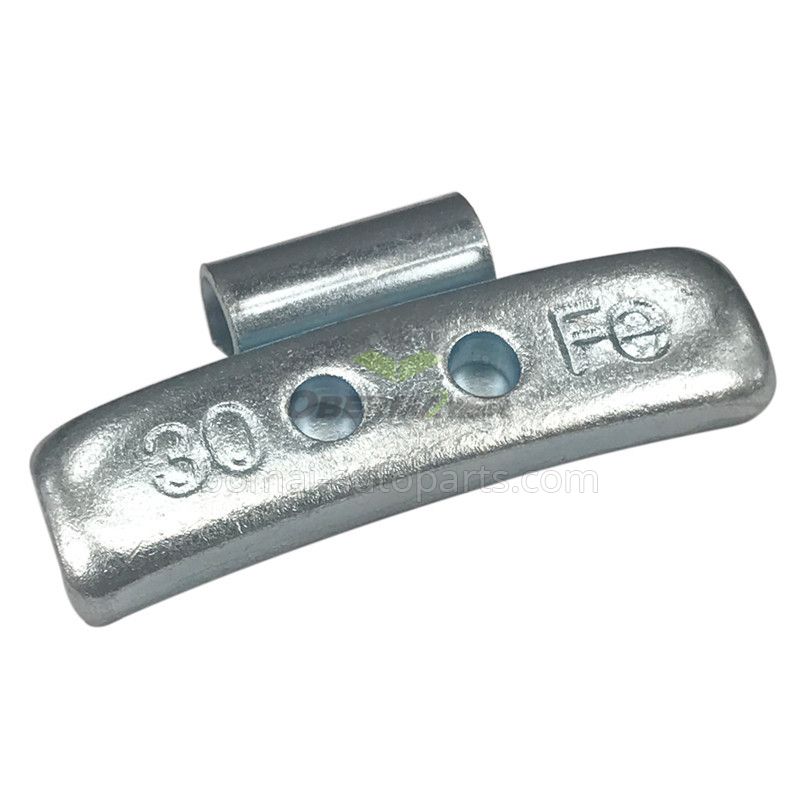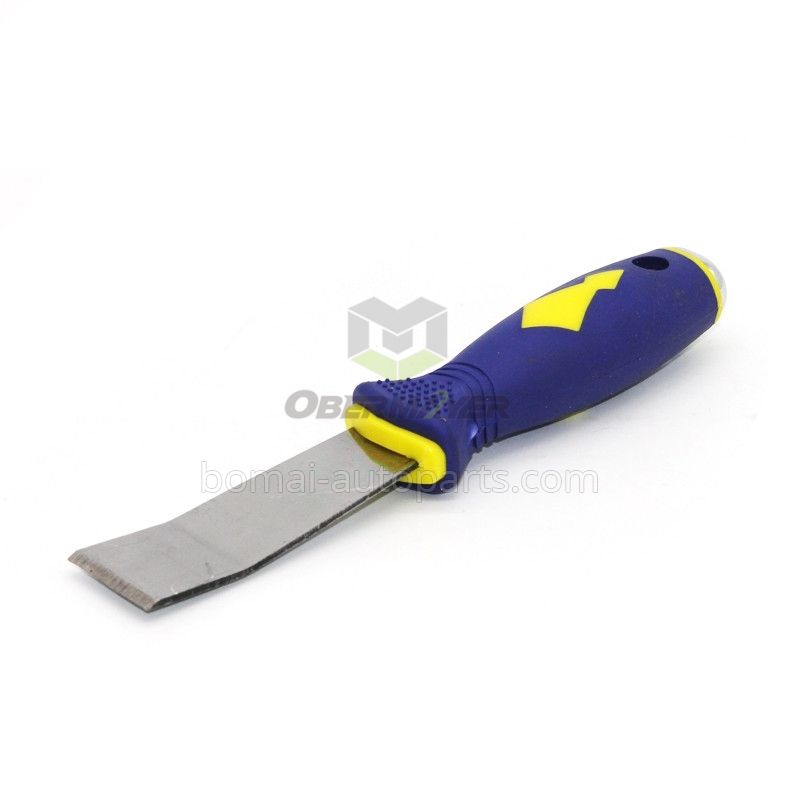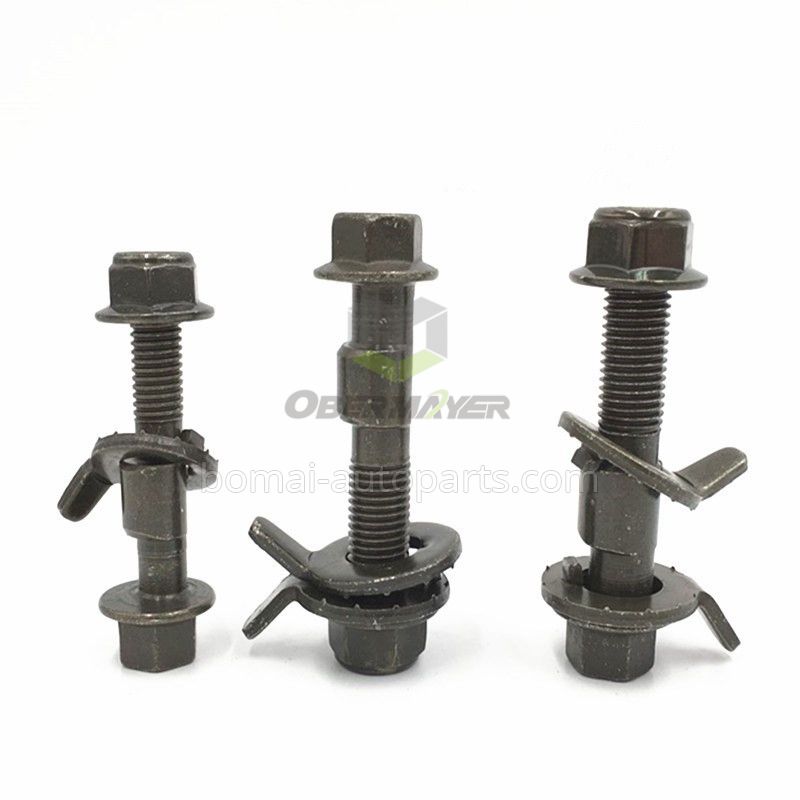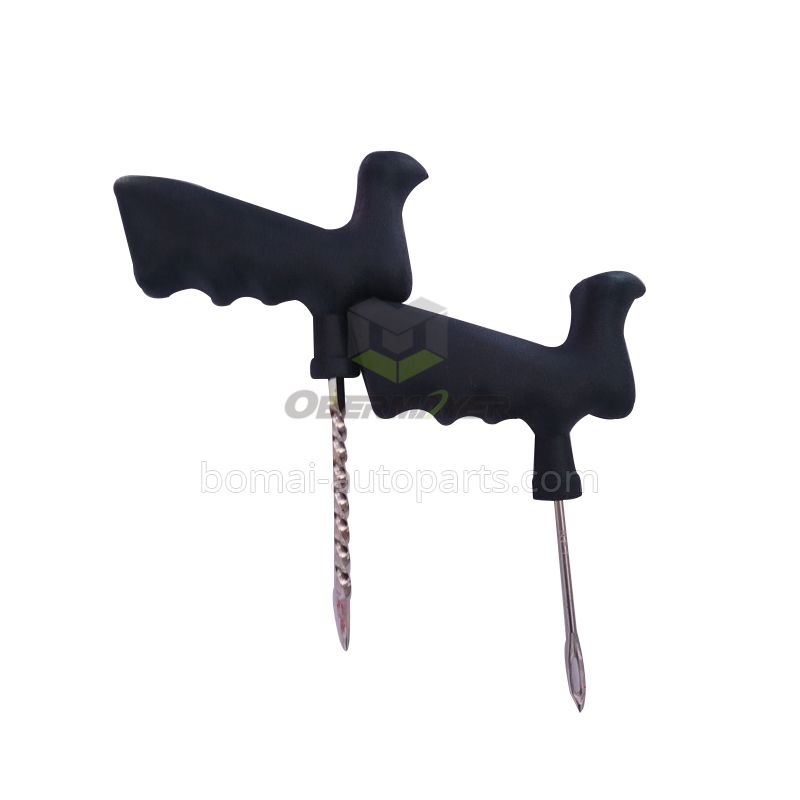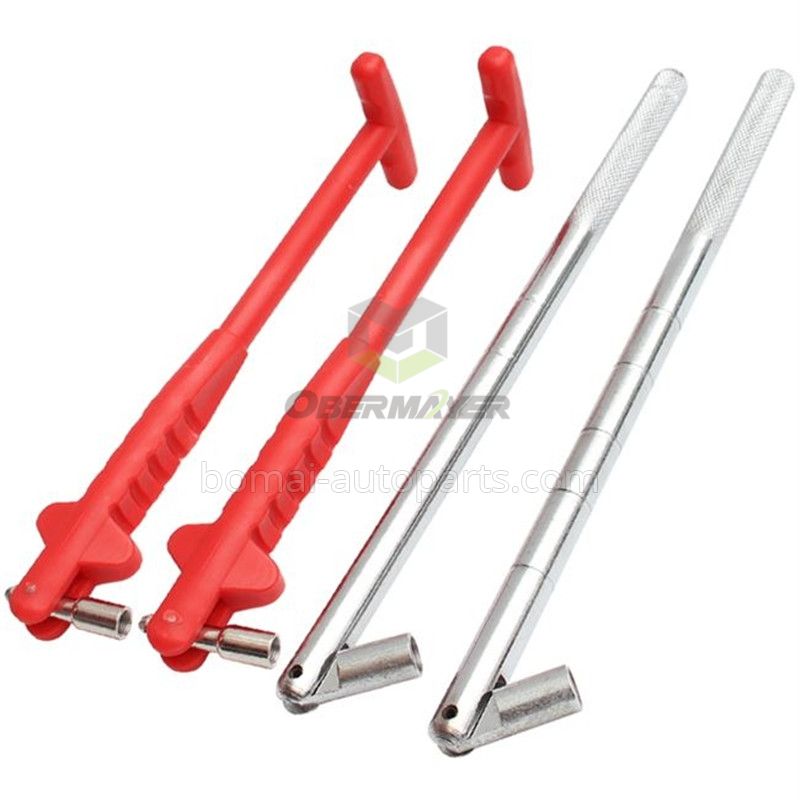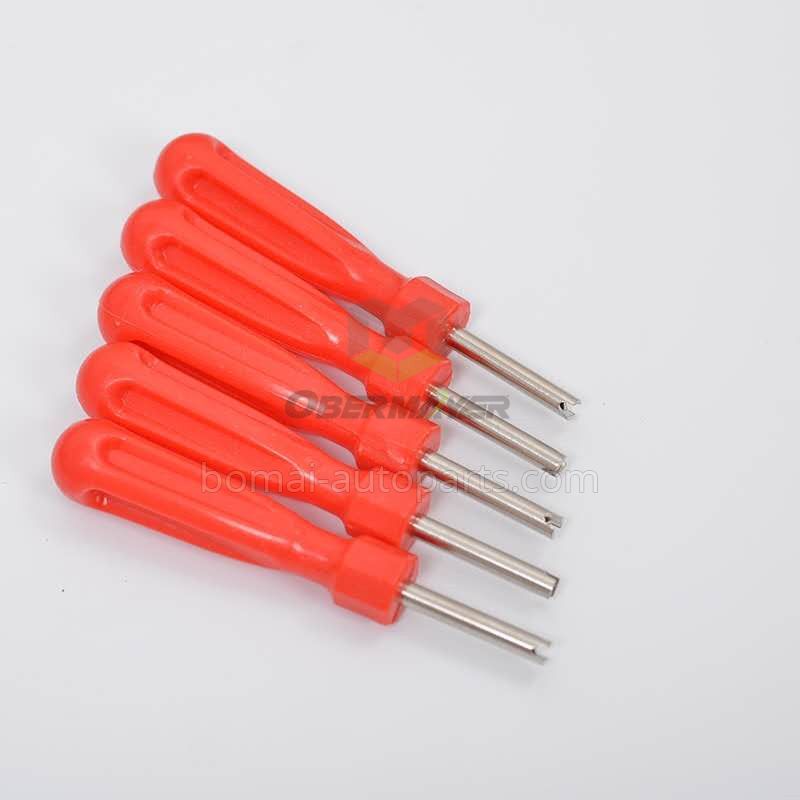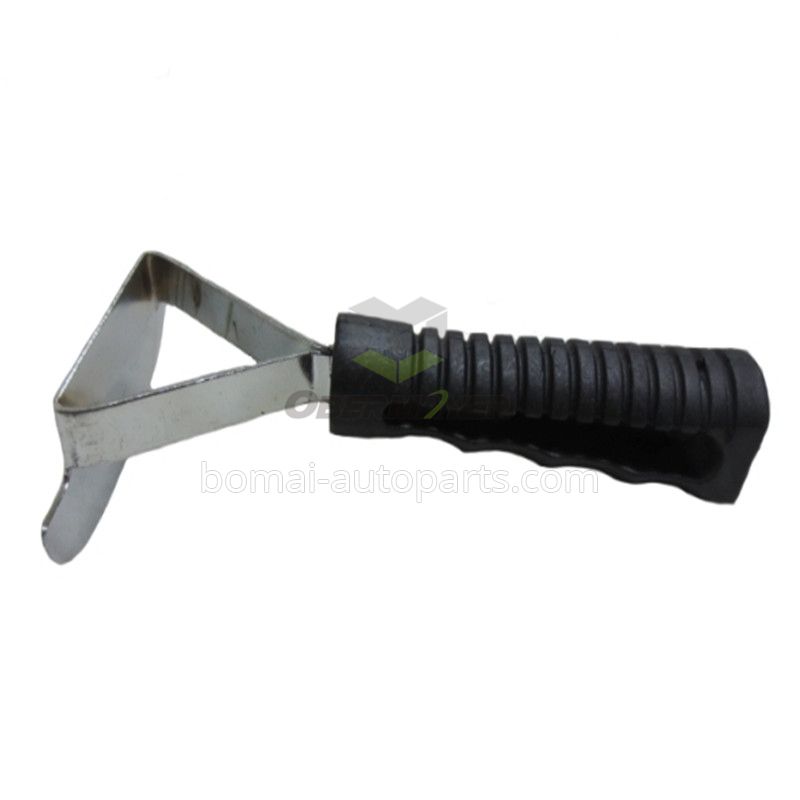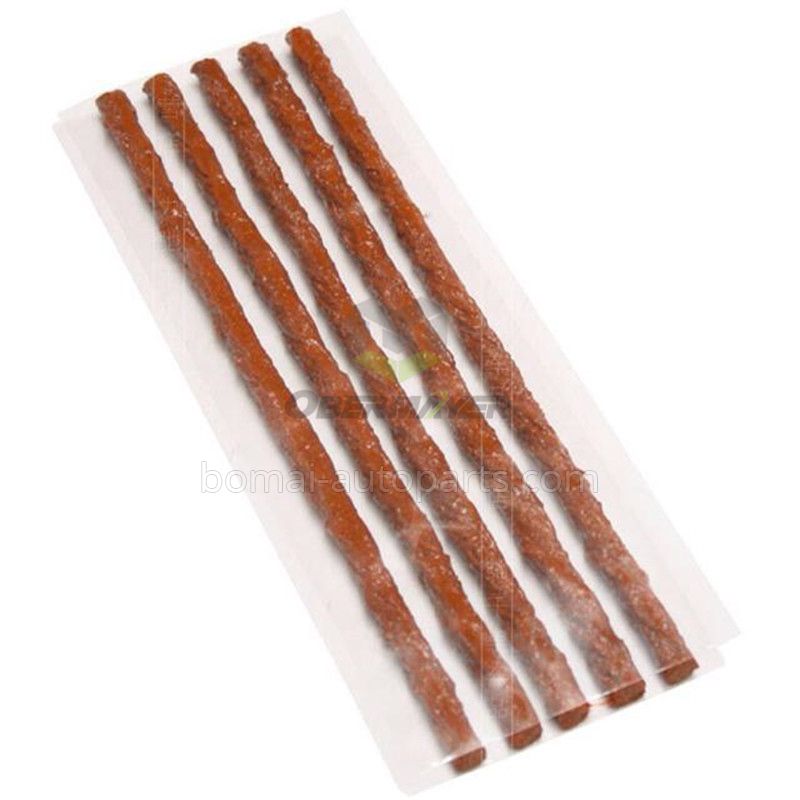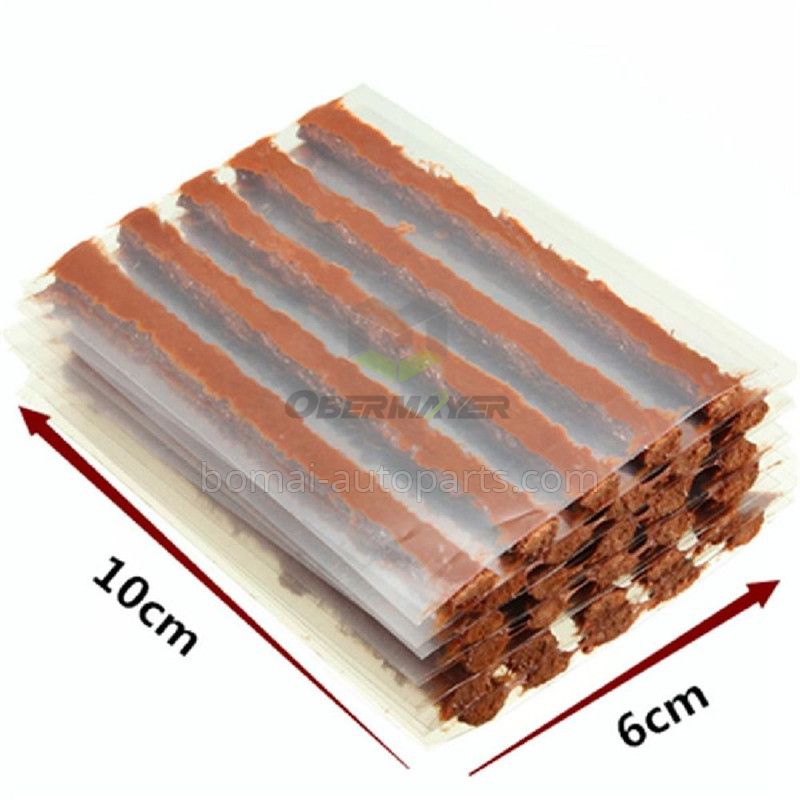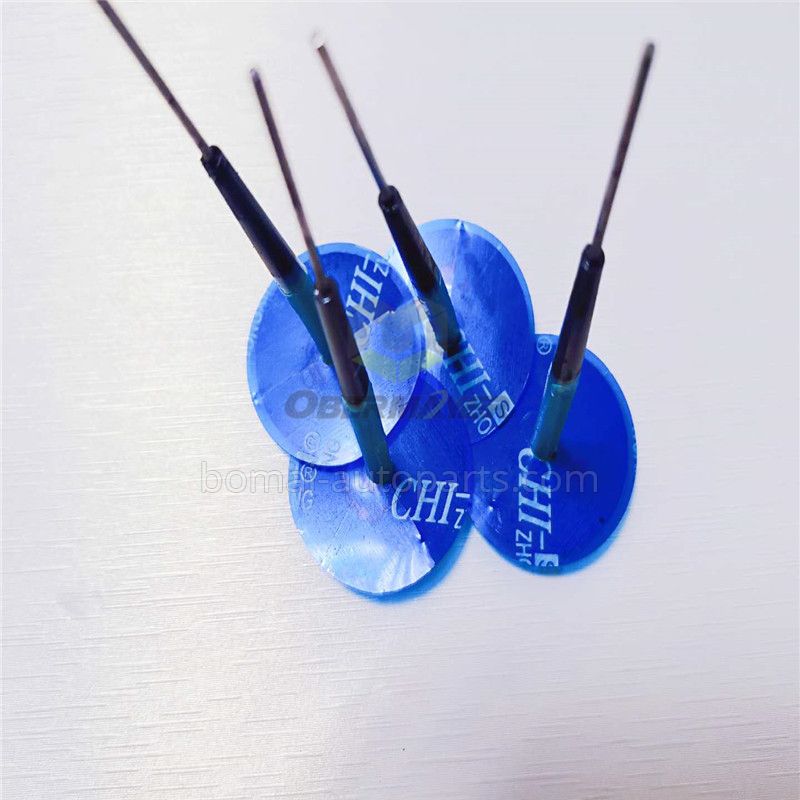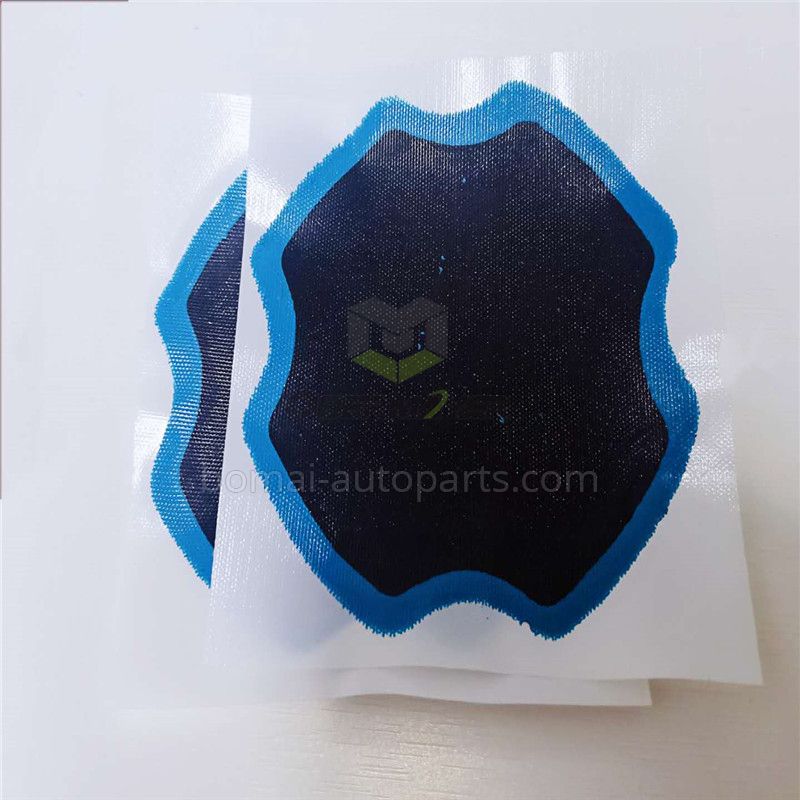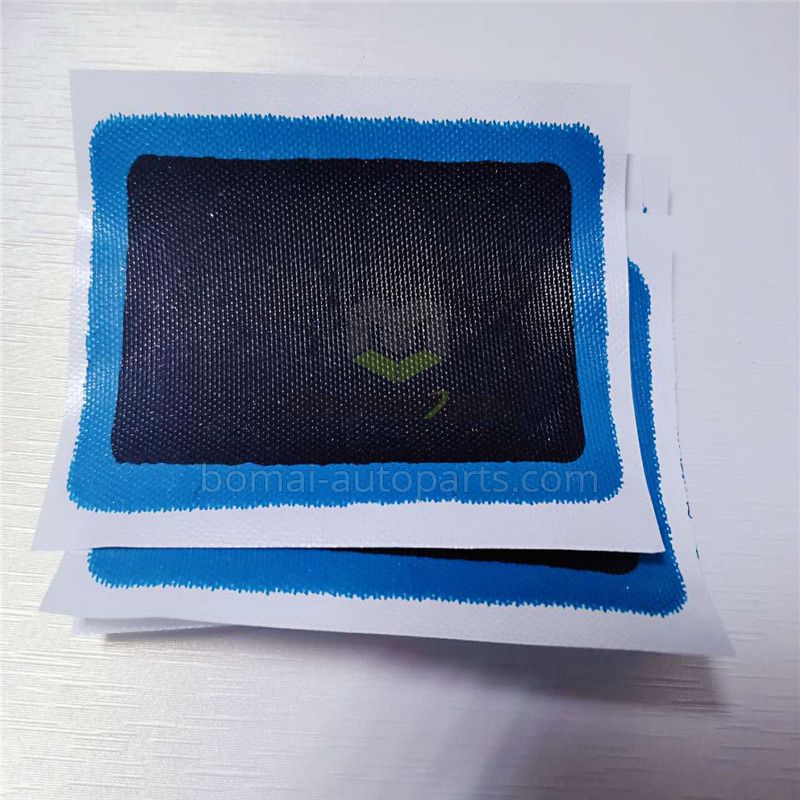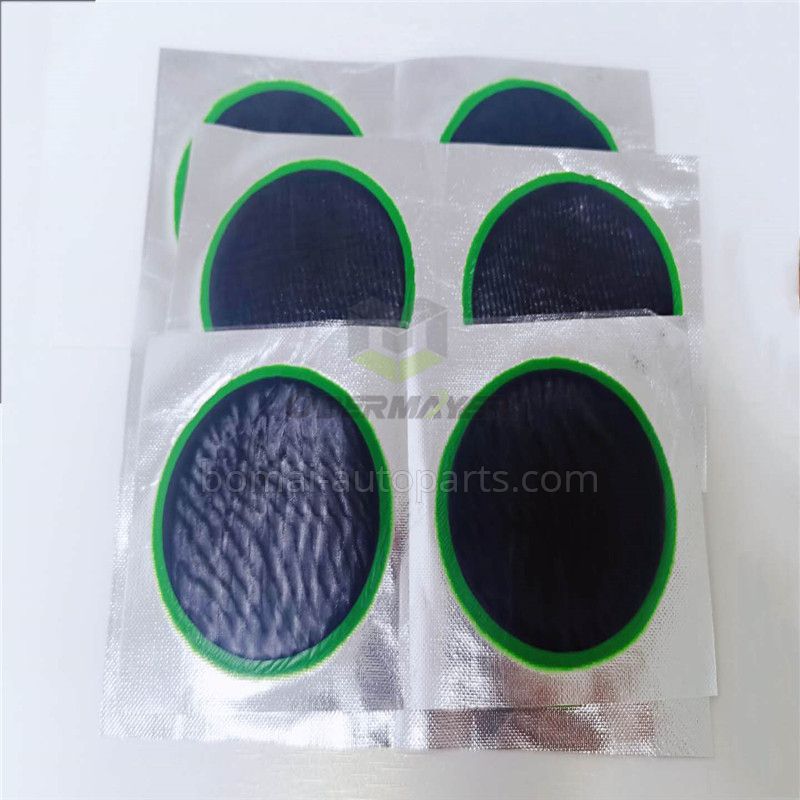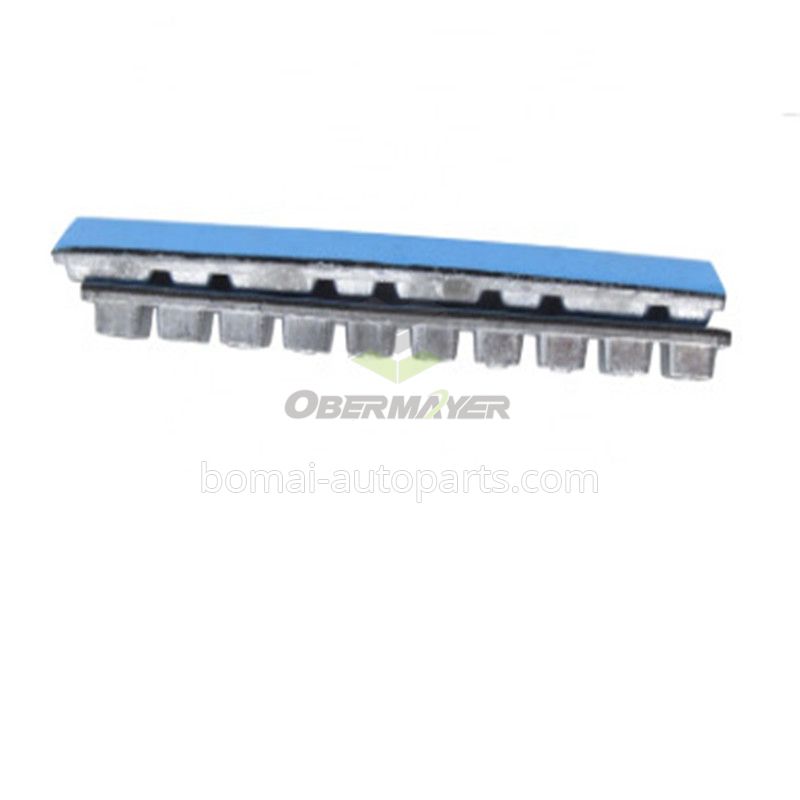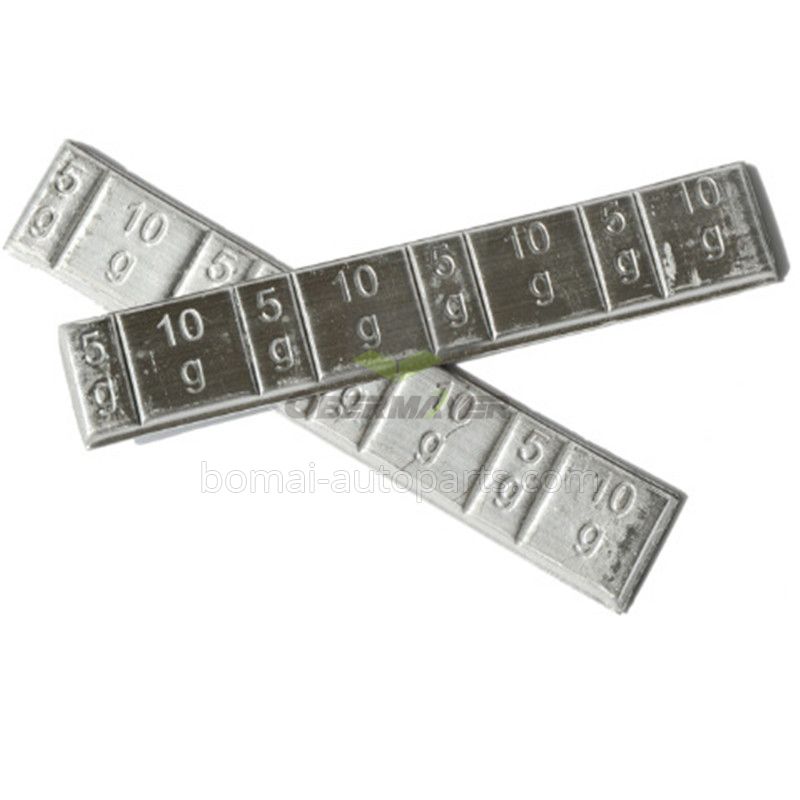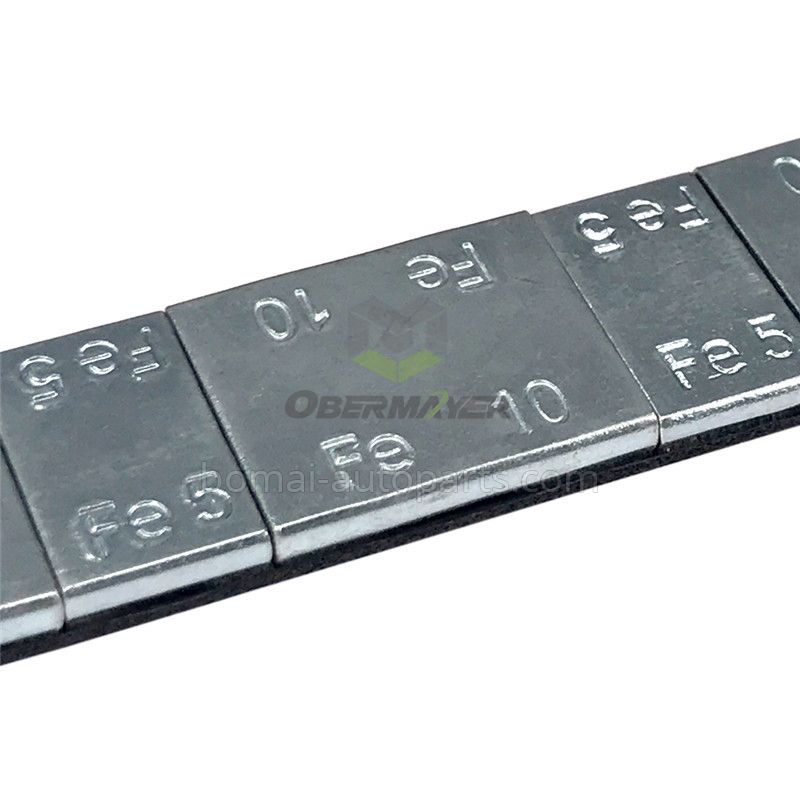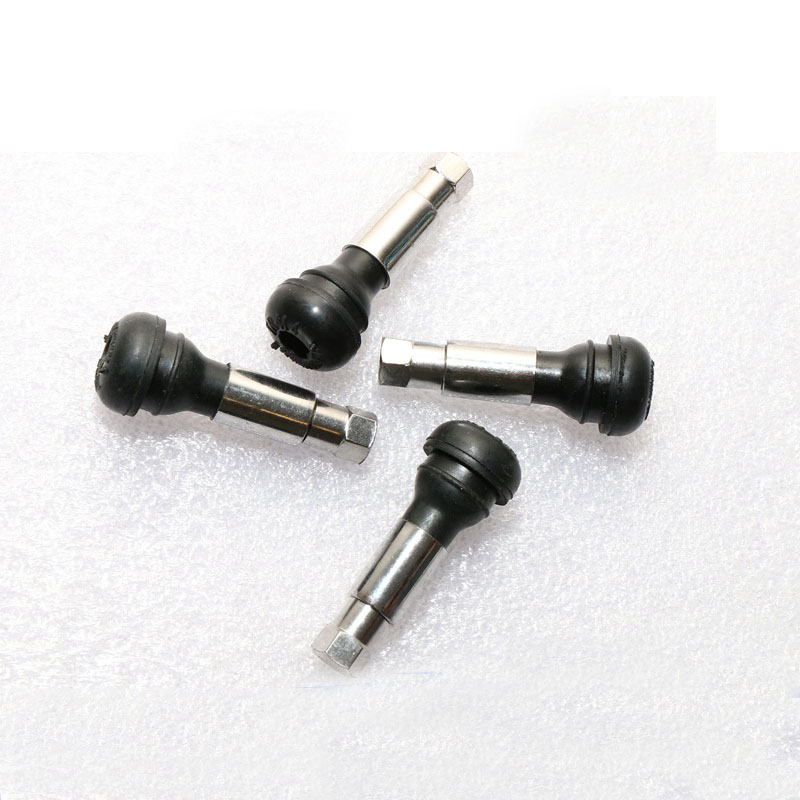Check Your Car Tire Pressure and Save Money
Good car maintenance requires a little effort, but checking tire pressure is so easy, anyone can do it. And it yields several benefits. First, it ensures your safety: Improperly inflated tires can lead to reduced control of your vehicle, the risk of a tire blowout, and ultimately, greater risk of an accident. In addition, proper inflation can save you money (now that we have your attention . . .) and simultaneously reduce your carbon footprint. Fuel economy is reduced by 0.2 percent for every 1 pound per square inch (psi) your car is underinflated. That means you could save up to 3 percent in gas mileage, according to the DMV, which is naturally a little more environmentally friendly, too. Not to mention, underinflated tires wear out faster.
When to Check Your Tire Pressures
It's a good idea to check your tires monthly, even if they are new, as several factors can affect tire pressure. Big swings in temperature cause significant changes in pressure: For every 10-degree decrease in Fahrenheit temperature, tire pressure falls by 1 psi, and for every 10-degree increase, tire pressure goes up by 1 pound. Some wheels and tires naturally lose a small amount of air over time. Luckily, checking tire pressure is easy and can be done at home or at a gas station.
Or you might not need to go anywhere: Many newer cars have tire-pressure monitoring systems (TPMS) that include a pressure readout in the instrument cluster, as in the photo above. If your vehicle has one of those, locate it in the driver-information screen and monitor it regularly. Be sure to check just after you've started your car for the first time that day, before you've driven it. Tires are best checked when cold. (They warm up as you drive and pressures increase.)
Even if your car has a TPMS readout, it's still smart to check your tires manually a few times per year, in part to compare your readings with those of the TPMS. If checking at home, Even if your car has a TPMS readout, it's still smart to check your tires manually a few times per year, in part to compare your readings with those of the TPMS. If checking at home, you'll need an accurate gauge (see below for our suggestions). Gas stations often have a stick-type gauge located on the air hose, but we'd stay away from those because they are notoriously inaccurate. Again, it's important to check your tire pressures when your tires are cold. If you've been driving on them for a while, the increased friction heats up the tire and increases the pressure, which will give you an inaccurate reading.
Find the wheel stems, the short metal tubes that you'll hook the air hose to. You'll want to remove the dust caps on the stems (these are easy to lose, so keep them somewhere safe while checking tire pressure). Place the tire-pressure gauge into the valve stem and press firmly. You may want to do this a couple of times, because the gauge doesn't always fit properly and the reading may be a little off. If the fit isn't airtight, you'll hear the hiss of escaping air. If you get different readings, you'll want to measure a few times.
What's the Correct Pressure?
Each vehicle has a recommended cold-psi inflation pressure designated by the manufacturer—it's often between 32 psi and 42 psi on newer cars—and you can usually find this information printed on a sticker on the driver's doorjamb (the part that's hidden when the door is closed). Bear in mind that you want to inflate to the vehicle manufacturer's suggested psi, not the one listed on your tire's sidewall, which is the maximum amount of air that the tire can hold.
Inflation recommendations for front and rear tires can be different, so pay attention to both. If you can't find this information on the inside of your doorjamb, you can find it in your owner's manual. You may also be able to find it online or get the information from the dealership as a last resort. If you have checked the tire pressure cold at home but need to drive several miles to a gas station or a tire-store air pump, add 2–3 psi to the recommended cold tire pressures to compensate for the tires warming up.
If the pressure reading is too high, you can press the gauge (some have a pressure-release valve) or wiggle on the stem to release some air. If the pressure is too low, you'll want to add air until it's at the correct level. Maintaining your vehicle's tire pressure is easy, and it can lead to a better-handling, safer, and more fuel-efficient car, too.



